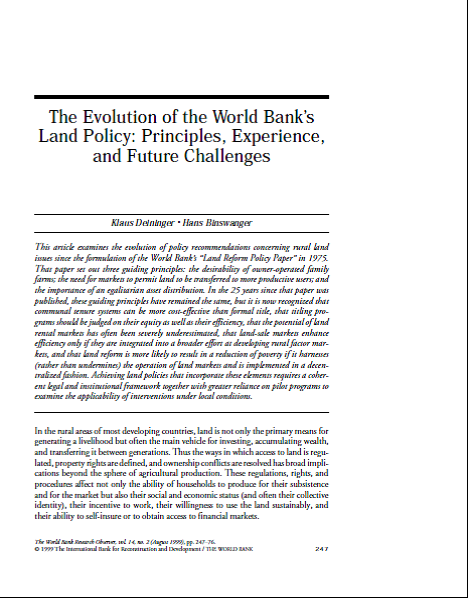The forests of the estates _iče and Fraj_tanj and their economy in the period between the end of the eighteenth and the beginning of the nineteenth century
The subject of the treatise are the forests (woods) and their economy on _iče and Fraj_tanj estates in the Lower Styria, which were the property of the Styrian Religion Fund, in the period between the end of the eighteenth and the beginning of the nineteenth century. The first estate possessed 2365 and the second 1423 yokes of forests. The distribution of the tree species and the state of the forest stands, which were with some exceptions generally bad, are described.



